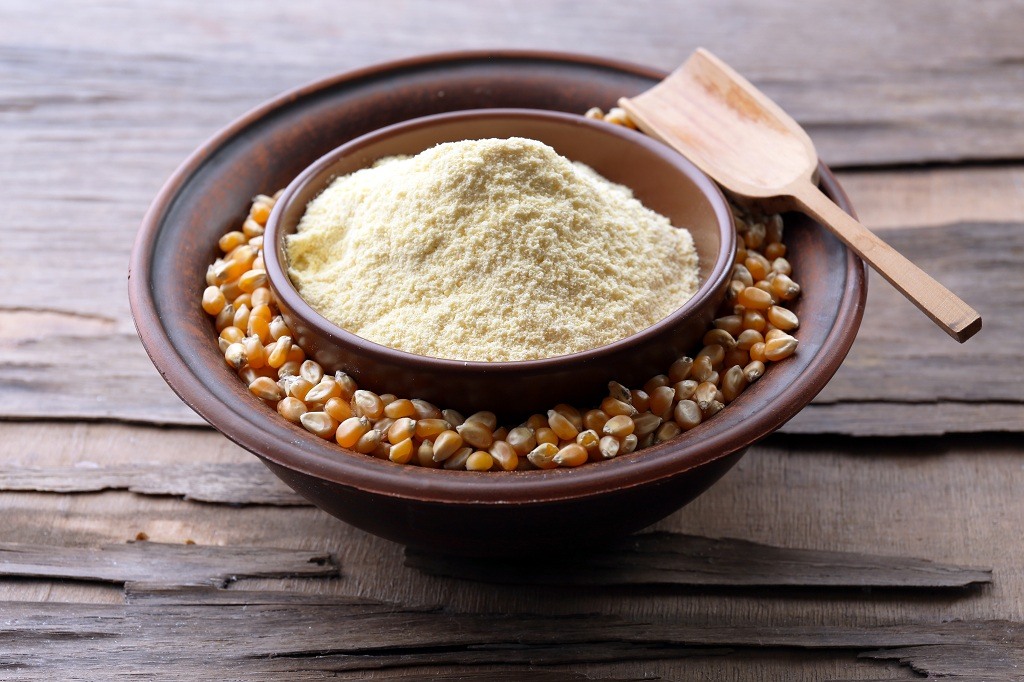
Fibre is a nutrient that our bodies require in order to function properly. It can be found in a variety of foods, including fruits, vegetables, whole grains, and legumes. Fibre is divided into two types: soluble and insoluble. As the name implies, soluble fibre dissolves in water and creates a gel-like substance in the digestive tract. We shall discuss soluble fibre, its benefits, and food sources in this article.
What is Soluble Fiber?
In the digestive tract, soluble fibre dissolves in water and forms a gel-like material. This gel-like material slows down digestion and keeps us feeling fuller for longer. It is also known that soluble fibre binds to cholesterol and bile acids, which are then eliminated from the body. This is why eating soluble fibre is good for your heart.
Benefits of Soluble Fiber:
- Helps manage blood sugar levels: Soluble fibre delays digestion, which aids with blood sugar regulation. This is especially critical for persons who have diabetes or are at risk of developing it.
- Soluble fibre is fermented by beneficial bacteria in the gut, which helps to promote gut health. As a result, certain disorders, such as inflammatory bowel disease and colon cancer, may be reduced.
- Soluble fibre binds to cholesterol and bile acids, which are then eliminated from the body, lowering cholesterol levels. This reduces LDL or “bad” cholesterol levels, which is good for heart health.
- Weight loss: Soluble fibre keeps us feeling fuller for longer, which can help with weight loss. This is due to the fact that it minimises the likelihood of overeating and snacking between meals.
Food Sources of Soluble Fiber:
Some common food sources of soluble fiber include:
- Oats and oat bran
- Barley
- Beans and lentils
- Apples
- Berries
- Citrus fruits
- Psyllium husk
- Flaxseeds
- Chia seeds
How Much Soluble Fiber Should You Consume?
Fibre consumption should be 25 grammes per day for women and 38 grammes per day for men. However, most people do not consume enough fibre in their diets. It is advised that at least half of our daily fibre consumption come from soluble fibre sources.
Possible Side Effects of Consuming too much Soluble Fiber:
Too much soluble fibre can cause digestive issues such as bloating, gas, and constipation. To avoid these negative effects, gradually increase your fibre intake and drink plenty of water.
To summarise, soluble fibre is an essential nutrient with multiple health advantages. It aids in the regulation of blood sugar levels, the promotion of gut health, the improvement of cholesterol levels, and the management of weight. Soluble fibre is commonly found in foods such as oats, beans, apples, and chia seeds and are present in NutriD. It is advised that we get at least half of our daily fibre from soluble fibre sources. To avoid stomach pain, it is vital to gradually increase your fibre intake and drink plenty of water.


So good